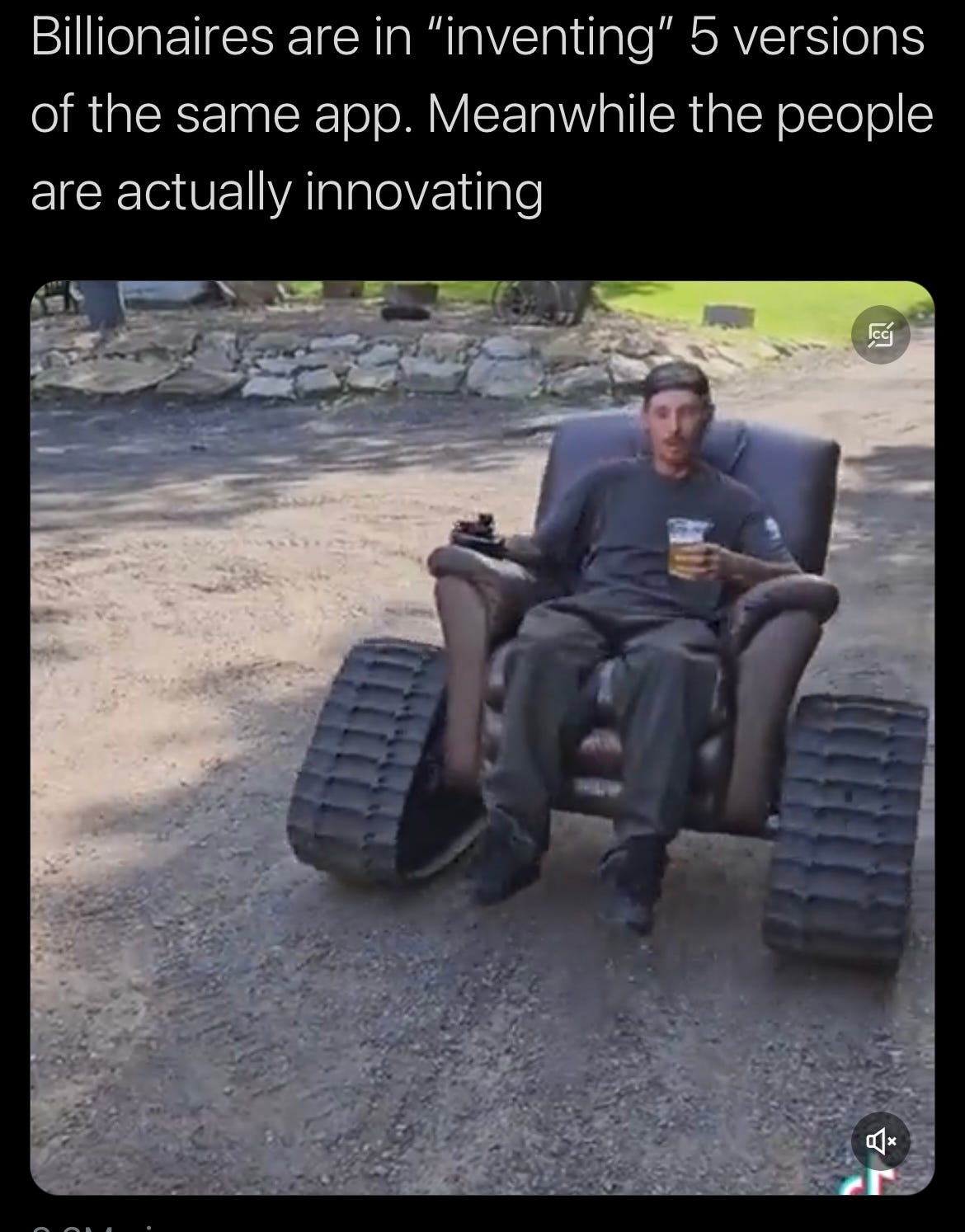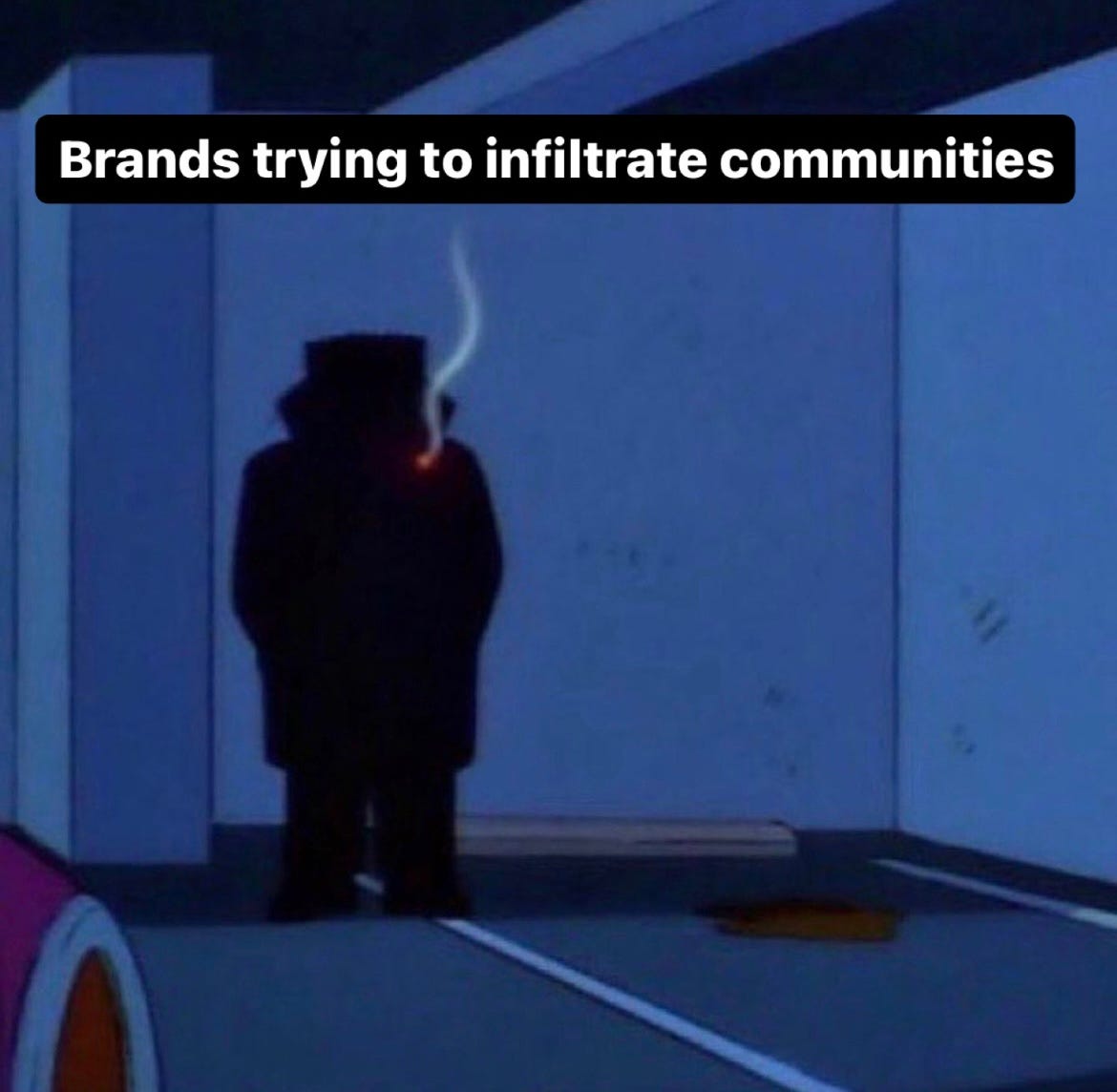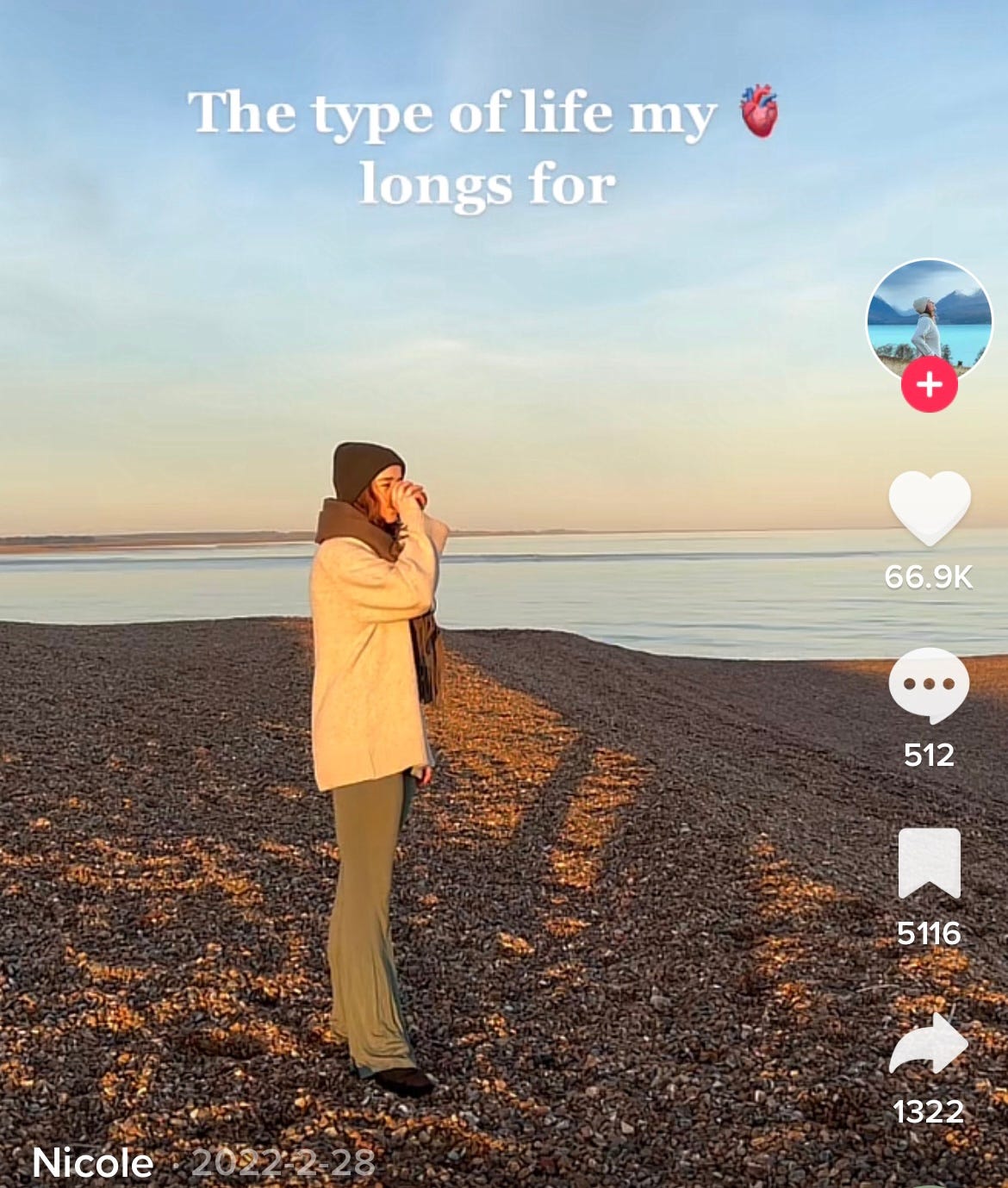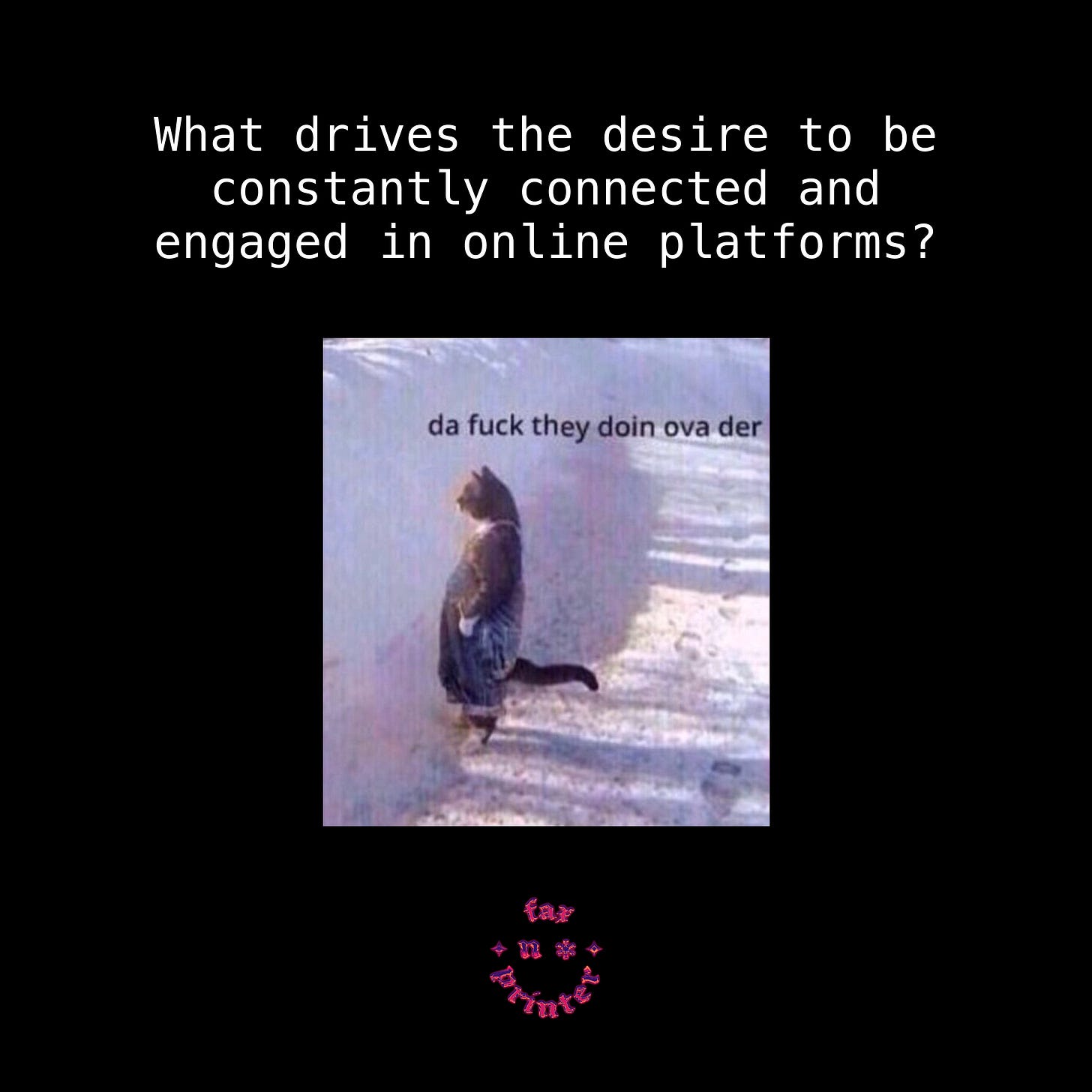Suffering from Digital FOMO but you have 10+ unread messages...
Not every app you must download 😬 #Threads
With the latest social media platforms taking every industry, brand, and individual by a storm, we need to ask ourselves: are we jumping on every new social media because we see value, or are we all just suffering from major digital FOMO?
Just five days since its launch, 100 million people have signed up for Threads which was rolled out as a companion app to Instagram. It’s been reported that Twitter users and influencers are flocking to Meta’s latest app in hopes of a better place for discourse. But with such a similar UI and layout as Twitter, are we being sold the same or similarly packaged social media platforms and succumbing to the hype?
Let's BeReal the hype eventually fades. Despite accumulating 53 million downloads in 2022, only 9% of BeReal users are active on a daily basis. Such a low percentage indicates a potential decline in interest or that users may be growing bored with the app's daily posting format.
So, is it truly worth investing time and energy downloading every new app that comes about?
In our edition on the death of third spaces, we highlighted the shift in global online behaviour. The amount of time spent online worldwide has declined by 5% year by year. However, as Datareportal’s report points out, the data does not suggest that people will find the internet becoming less important to them but rather, users are becoming more purposeful and intentional with how they consume and engage online; quality over quantity.
So what does this mean when we keep getting repackaged a new iteration of the same social platform with the same UI? Which social platform wins first place? Is it the one with the most financial backing? Is it the one with the most amount of (often, paid) co-signs from influencers? Or is the one that caters to their community’s needs and values?
Some brands have tried to build online and/or offline communities but fall short; ‘community’ has become synonymous with 'followers', or a large number of active users that look nice on a pitch deck, and what appears to be the case for Threads, a cash grab opportunity (because do we really need it?).
The word ‘community’ has been commodified, stripped of authenticity and appropriated. Niche communities with niche interests are being built AKA, ‘cosy web’ – a closed off and private safe-space void of bots and Big Social algorithms.
In the era of Web3.0, we’re moving towards a decentralised, collaborative space where creators are able to directly “own” their relationship with their fans. Mass adoption of AI tools has equipped Creators with a plethora of skills, and fans are being directed from Big Social to the Creators’ own platforms and monetisation tools.
From Molly Mae’s ‘we all have the same 24 hours’ to Slow Living
The latest trend on Tik tok right now? Slow living. (We’re using the word ‘trend’ loosely here as we don’t necessarily think it’s a fad but more so a shift in attitude and aspiration for Gen Z and Gen Y).
Huge social and economical shifts are leading more people to crave community outside of their home and the digital space. The pandemic, the Great Resignation, the 5-to-9ers, hustle culture and girlbosses, a recession… it’s safe to say we’re all burnt out.
33% of people worldwide feel lonely, and almost half of 18-24 year olds want to spend more time outdoors but are unable to find hobbies or activities to entice them outside. We’re now seeing ‘Slow Living’ flood our For You pages; whether it’s a Tik Tok of a user’s day in life, tips or a nature edit, Gen Z and Gen Y are choosing to spend more time disconnecting from the online world and spending more time IRL.
We’re even seeing a shift in the type of content we’re seeing from famous influencers such as Emma Chamberlain, (it’s giving ✨camp rock core✨). This TikToker explains it nicely, predicting that the new type of influencer we’re going to see is the outdoor type.
We don’t need new platforms, we need to look into how best to partner, support and collaborate with creators and community leaders in a way that nurtures and benefits both brand and community. We need new models that not just prioritise online engagement but encourage offline connections.
This wouldn’t be a Fax No Printer edition if we didn’t add in our critical thinking questions! Let’s carry on this conversation as we’re not here to give the answers but to facilitate thought and conversations. So here goes:










